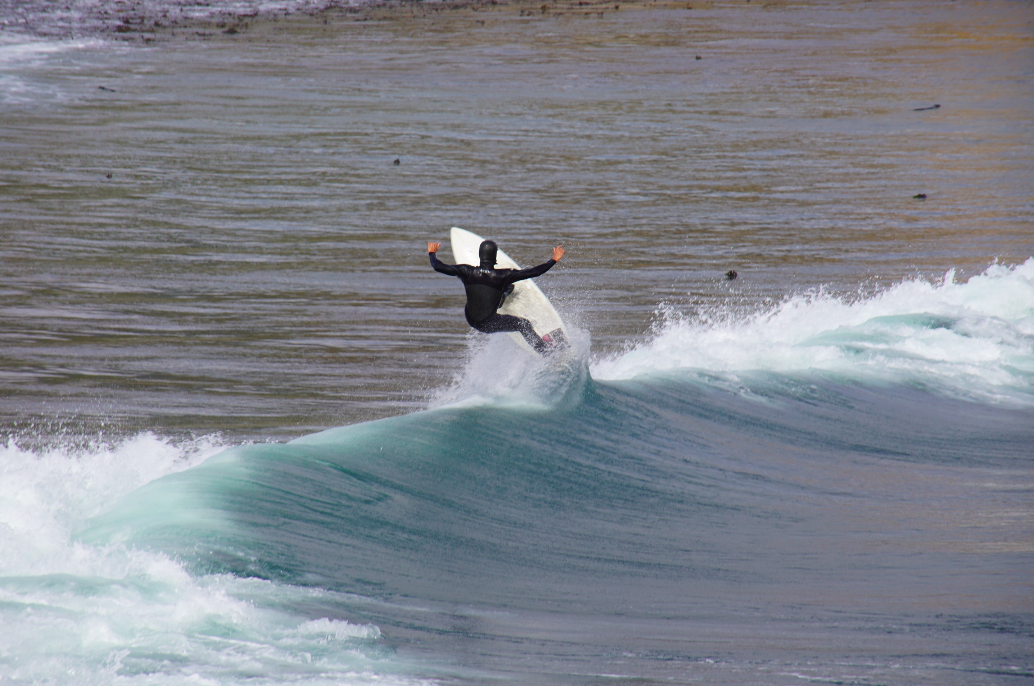Surfing basics for first time riders

Although learning to surf may seem like a daunting task, it is a great sport to take up in your free time. Surfing is a great way to stay in shape, keep your body limber, and have some fun outside of the forests! If you are new to the sport, check out our guide for some tips and tricks to help you get the most out of your new hobby.
Yoga and Stretching
Before you hit the waves, you should always make sure to warm up! Surfing using tons of muscles you don’t usually use, and stretching before you enter the surf will prevent injury.
Before you suit up, stretch your shoulder, legs, and hips. Stretching your lower back is also recommended to prevent throwing it out during pop-ups.
The sport also requires quite a bit of balance. Yoga is a great activity to take up if you are trying to get better. The combination of developing muscle, stretching, and practicing balance skills will work wonders for your surfing.
Practice on the Beach
Although you may feel silly, practicing pop-ups on the beach is a great idea. I know a 65-year-old man that does 100 pop-ups on the sand before he gets in the water every morning. It must help because he shreds harder than I ever will.
Simply lie down in the sand next to your board and pop-up as clean as possible. You want to make sure to get your feet underneath you as quickly as possible. Likewise, pushing up with both arms evenly will prevent you from tipping your board over.

Know Your Surfing Limits
When you are just starting to learn how to surf, be sure to check the report before heading out. Anything four feet or under is ideal for learning. Smaller waves give you the opportunity to master the basics of your form before dropping in on massive waves and potentially getting hurt.
Likewise, knowing the limits of your board choice will help you tremendously. It is recommended to start out learning on a soft-top longboard. The soft-top will protect you from injury, and the longboard will give you the stability you need. Although you may look like a kook on your soft top while you are learning, it will help you in the long run. Additionally, if you decide surfing isn’t for you, you won’t have wasted $400 on a fiberglass board.
Learn the Rules of Surfing
Knowing proper surfing etiquette will prevent you from hurting yourself and others. If you are learning, try to stay away from popular surf spots to avoid any issues with locals. If you have to learn in a popular spot, the number one rule is to not “drop-in” on other surfers. “Dropping-in” on another surfer means cutting in behind someone that is already on a wave. This is a huge no-no because it is rude and very dangerous.

Practice, Practice, Practice
The only way you are going to get better is by being consistent with your surfing. I have been surfing since I was 12 years old, and 10 years later I can still say this is my best advice. By going surfing multiple times a week, you continue to use and develop the muscles that are used.
Your body becomes accustomed to surfing in the same way it would with any other sport, and you build endurance. However, unlike some other sports, you lose your endurance at a fast rate when you stop being consistent. Creating and sticking to a surfing schedule will help you improve quickly and help you have more fun!
If you have any comments then please drop us a message on our Outdoor Revival Facebook page
If you have a good story to tell or blog let us know about it on our FB page, we’re also happy for article or review submissions, we’d love to hear from you.
We live in a beautiful world, get out there and enjoy it.
Outdoor Revival – Reconnecting us all with the Outdoors
